
There are 47 individual Wildlife Trusts covering the whole of the UK and the Isle of Man and Alderney. Together The Wildlife Trusts are the largest UK voluntary organization dedicated to protecting wildlife and wild places everywhere at land and sea. They are supported by 791,000 members, 150,000 of whom belong to their junior branch, Wildlife Watch. Every year The Wildlife Trusts work with thousands of schools, and their nature reserves and visitor centres receive millions of visitors. The Wildlife Trusts work in partnership with hundreds of landowners and businesses in the UK. Building on their existing network of 2,250 nature reserves, The Wildlife Trusts recovery plan for the UKs wildlife and fragmented habitats, known as A Living Landscape, is being achieved through restoring, recreating and reconnecting large areas of wildlife habitat.
The Wildlife Trusts also have a vision for the UKs seas and sea life Living Seas, in which wildlife thrives from the depths of the oceans to the coastal shallows. In Living Seas, wildlife and habitats are recovering, the natural environment is adapting well to a changing climate, and people are inspired by marine wildlife and value the sea for the many ways in which it supports our quality of life. As well as protecting wildlife, these projects help to safeguard the ecosystems we depend on for services like clean air and water. All 47 Wildlife Trusts are members of the Royal Society of Wildlife Trusts (Registered charity number 207238). To find your local Wildlife Trust visit wildlifetrusts.org  Bloomsbury Natural History An imprint of Bloomsbury Publishing Plc 50 Bedford Square, London, WC1B 3DP, UK 1385 Broadway, New York, NY 10018, USA www.bloomsbury.com Bloomsbury is a trademark of Bloomsbury Publishing Plc First published in 2012 by New Holland Publishers (UK) Ltd This electronic edition published in 2015 by Bloomsbury Publishing Plc Copyright 2015 Bloomsbury Publishing Plc All rights reserved
Bloomsbury Natural History An imprint of Bloomsbury Publishing Plc 50 Bedford Square, London, WC1B 3DP, UK 1385 Broadway, New York, NY 10018, USA www.bloomsbury.com Bloomsbury is a trademark of Bloomsbury Publishing Plc First published in 2012 by New Holland Publishers (UK) Ltd This electronic edition published in 2015 by Bloomsbury Publishing Plc Copyright 2015 Bloomsbury Publishing Plc All rights reserved
You may not copy, distribute, transmit, reproduce or otherwise make available this publication (or any part of it) in any form, or by any means (including without limitation electronic, digital, optical, mechanical, photocopying, printing, recording or otherwise), without the prior written permission of the publisher. Any person who does any unauthorised act in relation to this publication may be liable to criminal prosecution and civil claims for damages.
A catalogue record for this book is available from the British Library Library of Congress Cataloguing-in-Publication data has been applied for. ISBN: PB: 978-1-4729-2238-0 ePDF: 978-1-4729-2240-3 ePub: 978-1-4729-2239-7 To find out more about our authors and books visit www.bloomsbury.com. Here you will find extracts, author interviews, details of forthcoming events and the option to sign up for our newsletters. ContentsIntroduction The Concise Pond Wildlife Guide is a simple identification guide to more than 190 species of plant and animal that inhabit still-water bodies such as ponds, pools and small lakes in northern Europe. A vast number of species occurs in these habitats, so the book is selective, but it pictures and describes a good range of species that are likely to be found and identified. Natural Wetlands About a quarter of Britain was once covered by wetland, and large areas of the remaining land were waterlogged in winter.
Ponds formed in natural dips in the landscape and river flood plains, and where springs welled up. Today, following large-scale draining of the countryside for agriculture and human habitation, only 5 per cent of the land is covered by wetlands. In addition, many lowland rivers have been straightened, widened and deepened, and the natural meanders that would have eventually become new ponds no longer exist. Flood defences also constrain water flow and prevent the natural overflowing of rivers. Natural ponds and wetlands generally form a mosaic with pools of different depths and sizes, some of which may dry out in summer, but will link together in winter. This allows plants and animals that may dry out in one area to recolonize elsewhere.
Isolation makes this very much less likely, and a number of creatures that rely on seasonal pools, such as Tadpole and Fairy Shrimps, are now rare. Artificial Ponds At the same time as the land was drastically drained, ponds were created for agricultural purposes. Farms and villages all had ponds for watering livestock and irrigating crops. Mill ponds were used as reservoirs for water-powered mills. Some ponds were stocked with fish, while others were used for bathing, boating and skating. Many such ponds have been filled in, though some still remain.
Historically, many areas of fen, bog and wetland were cut by hand to provide peat for fuel. These small-scale cuttings did not completely destroy the wetlands and often created habitats suitable for wildlife; modern-day peat cutting, on the other hand, is done on a large scale with mechanical peat cutters and is likely to destroy a wetland completely. Britains lowland raised bogs are home to many important bird species, thousands of rare insects and a wealth of unusual plants, but only a fragment of near-natural bog remains, with more than 94 per cent having been damaged or destroyed. More recently, ponds and lakes have been created as features in retail and business parks, and on golf courses. Gravel pits are found throughout Britain, mainly in river floodplains. Small abandoned pits often flood, creating miniature wetlands.
Many large excavations are deliberately flooded for recreational and conservation purposes. Modern garden ponds became fashionable on country estates in the 18th and 19th centuries. Those of the 20th and 21st centuries are usually much less grand in scale, but now constitute about a fifth of the shallow pond habitat in England and Wales. Man-made ponds do not wholly compensate for the loss of the natural ponds, since they tend to be deeper, have steeper sides (pond wildlife needs gentle slopes for entering and leaving the water) and permanent water, and are isolated from other water bodies. Threats to Ponds Today The small size and static water of ponds makes them vulnerable to pollution. On arable land, streams and ditches running through agricultural fields can pick up nutrients, silt and pesticides, which then accumulate in ponds.
Although ponds can be buffered from the worst of these effects by leaving unploughed strips next to streams and ditches, the long-term solution is sustainable farming, with fertilizer and pesticide input, as well as grazing pressure, all reduced. Shallow temporary ponds may also be deepened to prevent them from drying out, or cleared of vegetation if they are perceived to be overgrown, which can destroy the plants and kill the animals that have colonized a pond. Garden Ponds A good pond acts as a place where birds and mammals drink and feed, amphibians breed, feed and sunbathe, and numerous insects live or visit. If well sited and well designed, it is likely to seethe with life. The size of a garden pond is not too important, though usually the larger a pond is, the better. However, even a very small pond, only a metre or so across, can fulfill many of the functions of a larger pond.
As general rules: A pond should have at least one side that slopes gently from the edge to the deepest point, and another area should have a ledge or two on which plants can be placed. It needs to be at least 75cm deep at the deepest point to provide a refuge for aquatic wildlife during extremes of weather, particularly in winter. It should be situated where it will get plenty of sunshine, and will not receive large quantities of leaves from nearby trees in autumn. Completely shaded and leaf-filled ponds have very little life, because the water becomes deoxygenated. A pond benefits from being sited next to some other rough habitat, at least to one side, so that animals can approach and leave it under cover. There should be a good range of plants in a pond, including emergent aquatics such as Arrowhead, oxygenating plants like Common Water-crowfoot and floating leaved plants such as water-lilies.

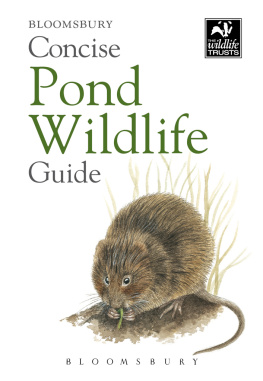
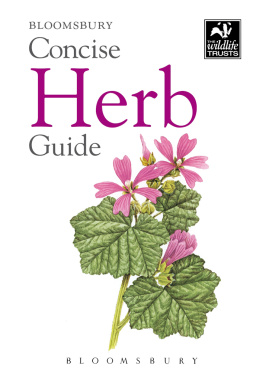
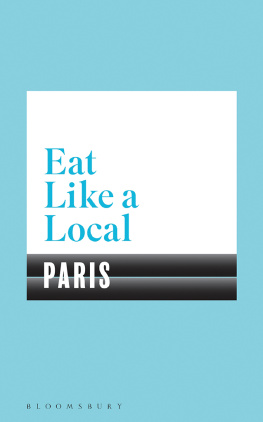
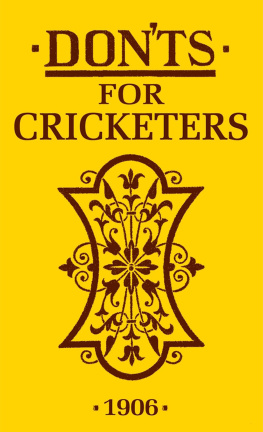
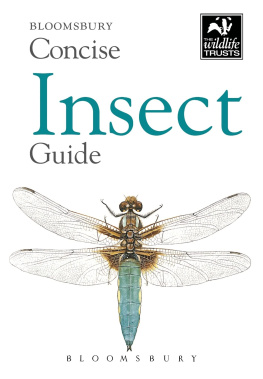
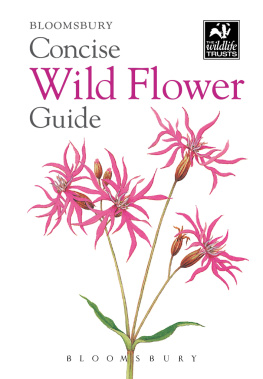
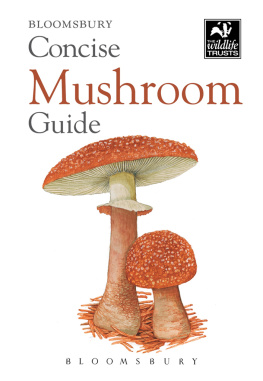
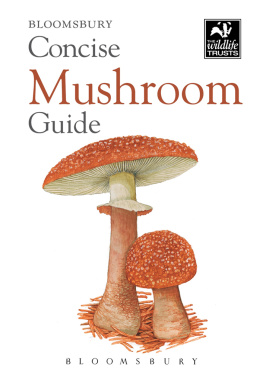

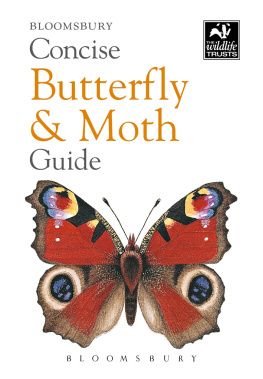
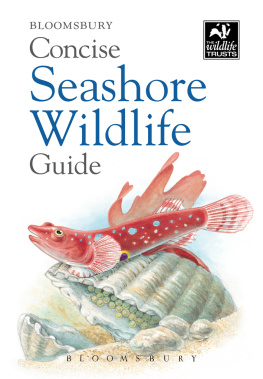
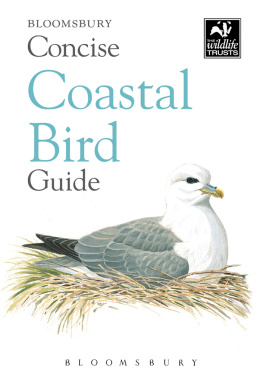
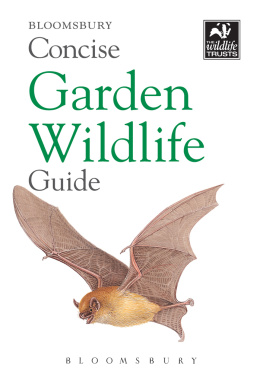
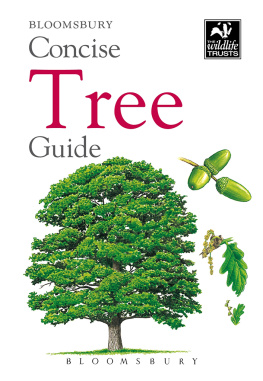
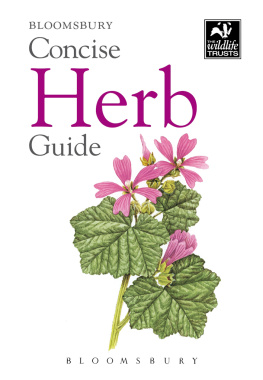

 There are 47 individual Wildlife Trusts covering the whole of the UK and the Isle of Man and Alderney. Together The Wildlife Trusts are the largest UK voluntary organization dedicated to protecting wildlife and wild places everywhere at land and sea. They are supported by 791,000 members, 150,000 of whom belong to their junior branch, Wildlife Watch. Every year The Wildlife Trusts work with thousands of schools, and their nature reserves and visitor centres receive millions of visitors. The Wildlife Trusts work in partnership with hundreds of landowners and businesses in the UK. Building on their existing network of 2,250 nature reserves, The Wildlife Trusts recovery plan for the UKs wildlife and fragmented habitats, known as A Living Landscape, is being achieved through restoring, recreating and reconnecting large areas of wildlife habitat.
There are 47 individual Wildlife Trusts covering the whole of the UK and the Isle of Man and Alderney. Together The Wildlife Trusts are the largest UK voluntary organization dedicated to protecting wildlife and wild places everywhere at land and sea. They are supported by 791,000 members, 150,000 of whom belong to their junior branch, Wildlife Watch. Every year The Wildlife Trusts work with thousands of schools, and their nature reserves and visitor centres receive millions of visitors. The Wildlife Trusts work in partnership with hundreds of landowners and businesses in the UK. Building on their existing network of 2,250 nature reserves, The Wildlife Trusts recovery plan for the UKs wildlife and fragmented habitats, known as A Living Landscape, is being achieved through restoring, recreating and reconnecting large areas of wildlife habitat.  Bloomsbury Natural History An imprint of Bloomsbury Publishing Plc 50 Bedford Square, London, WC1B 3DP, UK 1385 Broadway, New York, NY 10018, USA www.bloomsbury.com Bloomsbury is a trademark of Bloomsbury Publishing Plc First published in 2012 by New Holland Publishers (UK) Ltd This electronic edition published in 2015 by Bloomsbury Publishing Plc Copyright 2015 Bloomsbury Publishing Plc All rights reserved
Bloomsbury Natural History An imprint of Bloomsbury Publishing Plc 50 Bedford Square, London, WC1B 3DP, UK 1385 Broadway, New York, NY 10018, USA www.bloomsbury.com Bloomsbury is a trademark of Bloomsbury Publishing Plc First published in 2012 by New Holland Publishers (UK) Ltd This electronic edition published in 2015 by Bloomsbury Publishing Plc Copyright 2015 Bloomsbury Publishing Plc All rights reserved